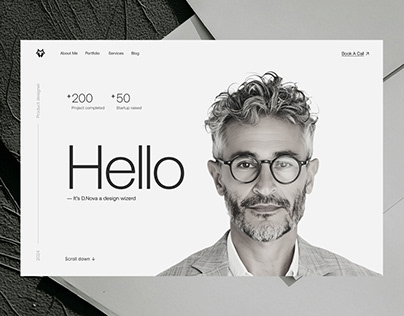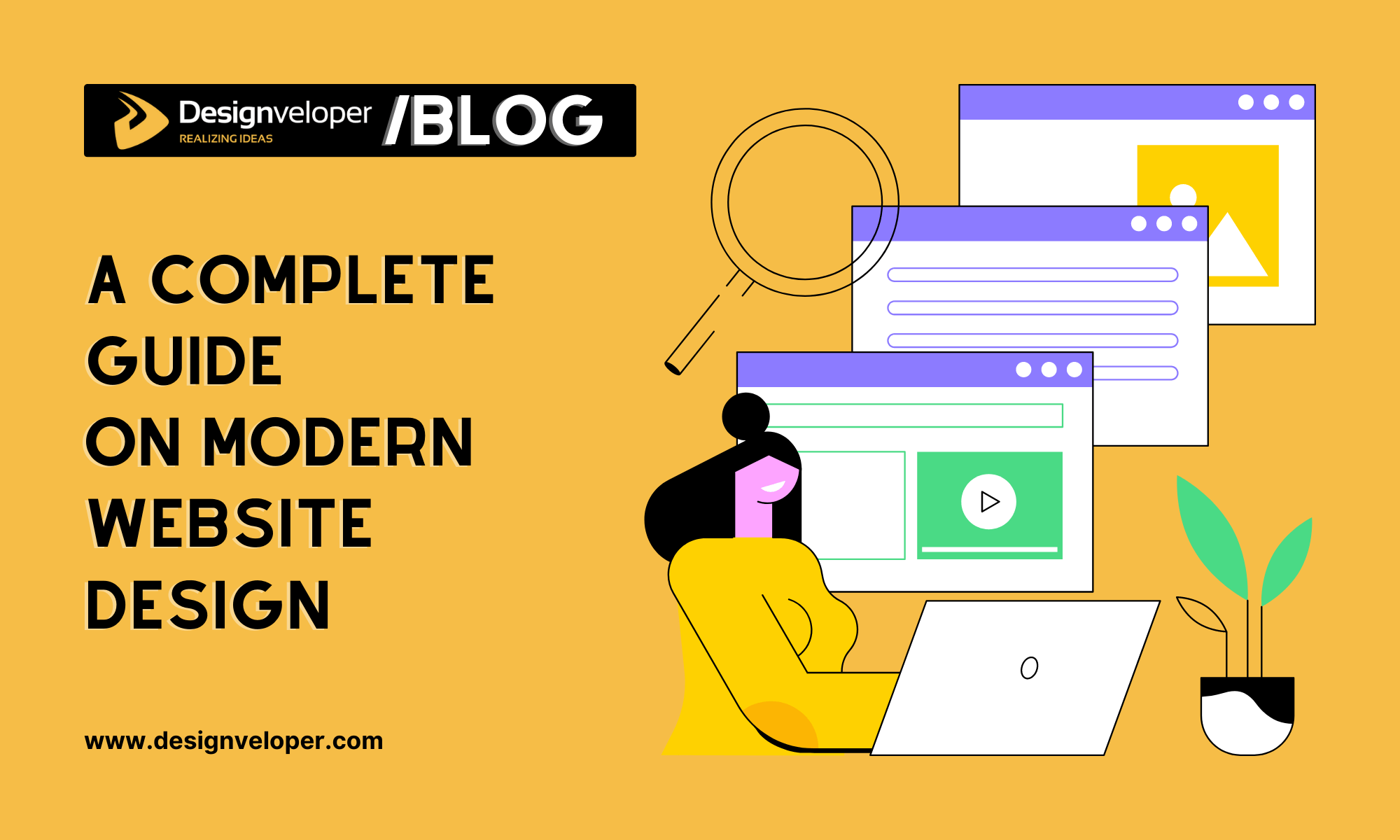Leading Tips for Developing an Impactful Site Style That Transforms
In today's digital landscape, the relevance of an impactful internet site style can not be overstated, particularly when it pertains to converting site visitors right into clients. To attain this, one need to consider a range of aspects, including comprehending the target audience, prioritizing individual experience, and maximizing for mobile systems. The strategic use of compelling call-to-actions and a well-defined visual power structure plays a critical duty in directing individuals with their journey. As we discover these essential elements, it comes to be noticeable that the success of your website depends upon greater than just looks; it needs a thoughtful strategy to style and functionality.

Understand Your Target Market
Recognizing your target market is essential to efficient web site layout, as it prepares for producing an interesting user experience. Determining who your individuals are, including their demographics, preferences, and habits, makes it possible for designers to customize the web site's web content, design, and capability to satisfy particular needs.
Carrying out extensive marketing research is important in this procedure. Studies, interviews, and analytics can give useful understandings right into individual assumptions and discomfort points. By compiling this information, designers can produce customer personas that stand for different sections of the target market, ensuring that style decisions are informed and relevant.
Moreover, comprehending the target market helps in picking appropriate design elements such as color design, typography, and images that reverberate with customers. An internet site that speaks directly to its audience fosters a sense of connection and trust, motivating longer visits and greater conversion rates.
Eventually, a user-centered approach to internet site style not only boosts user contentment yet likewise supports business objectives by driving interaction and commitment. By focusing on the demands and preferences of the target audience, an internet site can efficiently offer its purpose and attain wanted end results.
Prioritize Customer Experience
To improve the overall effectiveness of a web site, prioritizing customer experience (UX) is crucial (Website Design). A properly designed UX guarantees that site visitors can browse the website easily, discover details quickly, and engage with material meaningfully. This causes boosted individual fulfillment and higher conversion prices
Begin by executing user-friendly navigating. Menus should be practically structured, permitting customers to locate vital areas of the website with minimal effort. Uniformity in layout components, such as color pattern and fonts, promotes knowledge, which is essential for preserving customer involvement.
Furthermore, take into consideration the filling rate of your site. A delay of simply a few secs can lead to considerable drop-offs, as individuals are less most likely to await a slow-loading page. Simplifying photos and maximizing code can improve performance and retain visitors.
By prioritizing individual experience, you not only produce an extra pleasurable atmosphere for site visitors yet also enhance your brand's integrity. Ultimately, a focus on UX is an investment in the lasting success of your site.
Enhance for Mobile Tools
Optimizing for mobile phones is important in today's electronic landscape, where an increasing number of users access web sites via mobile phones and tablet computers. A mobile-friendly style not just enhances user experience yet additionally plays a substantial duty in enhancing online search engine positions. To accomplish this, it is necessary to embrace a receptive style that automatically readjusts to different screen dimensions and positionings.

Filling rate is another vital aspect; mobile individuals are normally less client and anticipate quick access to details. Optimize photos and take advantage of web browser caching to enhance performance. Finally, examination your web site on multiple devices and display resolutions to determine and rectify any kind of possible usability issues. By focusing on mobile optimization, you ensure that your site remains affordable and efficiently involves a more comprehensive audience.
Use Compelling Call-to-Actions
A web site's performance typically pivots on its ability to lead site visitors toward preferred activities, making engaging call-to-actions (CTAs) More Bonuses important elements of layout. CTAs work as the critical points that guide users to engage with the website, click here for more whether that suggests making a purchase, enrolling in a newsletter, or downloading and install a source.
To develop effective CTAs, clarity is critical. Use concise language that clearly interacts the activity you desire the customer to take. Expressions such as "Obtain Begun," "Subscribe Free," or "Shop Now" not just share urgency however likewise remove obscurity. The positioning of CTAs is just as essential; they ought to be purposefully placed throughout the page to guarantee they are conveniently noticeable, specifically in high-traffic locations.
Additionally, the style of CTAs ought to stick out without being meddlesome. Utilize contrasting colors and clear fonts to ensure they record focus. Furthermore, think about using directional cues, such as arrowheads or photos, to assist customers toward these buttons. By concentrating on these aspects, services can substantially improve user engagement, driving conversions and ultimately accomplishing their website's objectives.
Concentrate On Visual Hierarchy
Effective site layout relies greatly on a well-structured visual power structure that guides customers through web content perfectly. By organizing components in a way that focuses on information, developers can enhance individual experience and facilitate decision-making. This includes making use of dimension, color, contrast, and spacing purposefully to draw focus to the most essential components of a webpage.
The usage of larger typefaces for headings and subheadings establishes a clear distinction in between different sections, permitting users to scan material easily. Additionally, utilizing different shades for buttons and calls-to-action can catch customer attention and encourage interaction. Whitespace is an additional vital part; it prevents clutter and allows individuals to concentrate on key messages without interruptions.
Photos and graphics need to match the message while also adhering to check that the well-known hierarchy, strengthening the general message (Website Design). Uniformity in layout components, such as shade systems and typography, further strengthens the visual pecking order, making navigation intuitive

Verdict
In verdict, efficient website layout requires a comprehensive understanding of the target audience, prioritization of customer experience, and mobile optimization. Eventually, a well-executed website layout serves as a critical part in driving individual activities and accomplishing business goals.